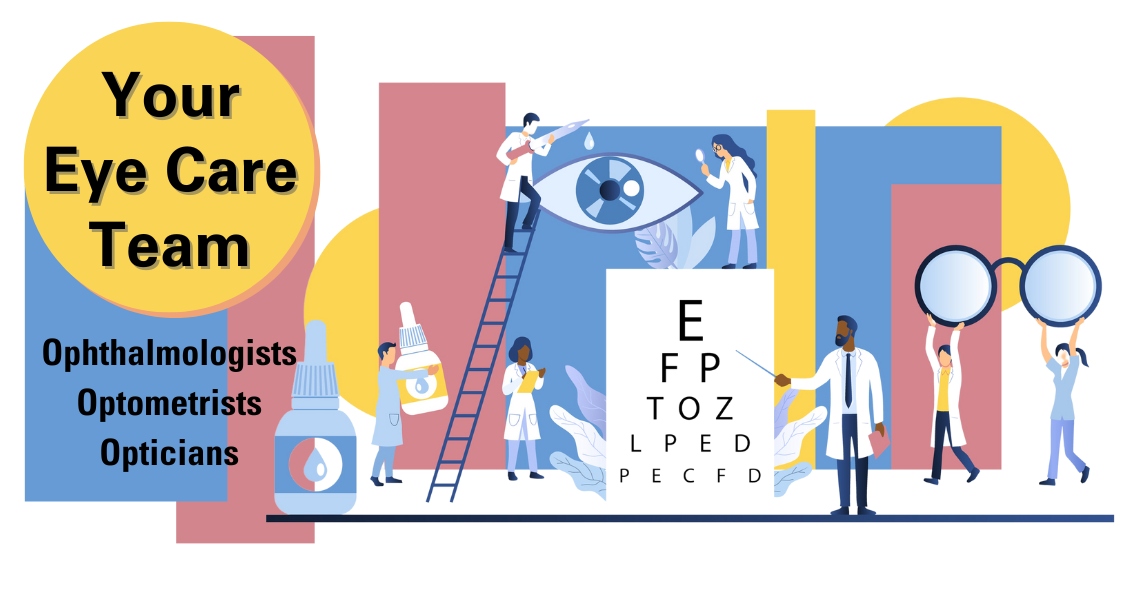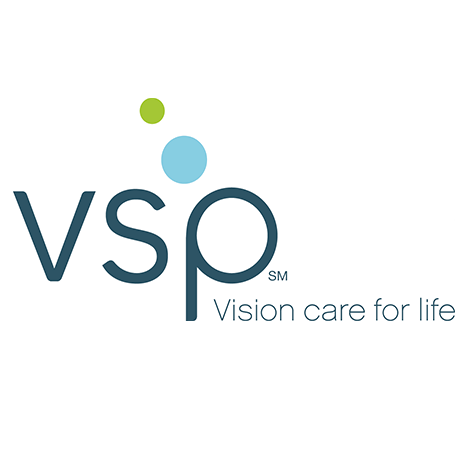Blog
Giving the Precious Gift of Sight

An old Creek Indian proverb states, "We warm our hands by the fires we did not build, we drink the water from the wells we did not dig, we eat the fruit of the trees we did not plant, and we stand on the shoulders of giants who have gone before...
Ophthalmologists, Optometrists, Opticians--Your Eye Care Team

Knowing the difference between the various specialties in the eye care industry can be confusing, especially given the fact that they all start with the same letter and in many ways sound alike.
So, here’s a breakdown of the different monikers to...
Read more: Ophthalmologists, Optometrists, Opticians--Your Eye Care Team
Why Seniors Shouldn't Play Around with Their Eyesite

The American Optometric Association has recommendations for how often adults need to get their eyes examined and those recommendations vary according to the level of risk you have for eye disease.
| Patient age (years) | Asymptomatic/low risk | At-risk |
| 19... |
Read more: Why Seniors Shouldn't Play Around with Their Eyesite





